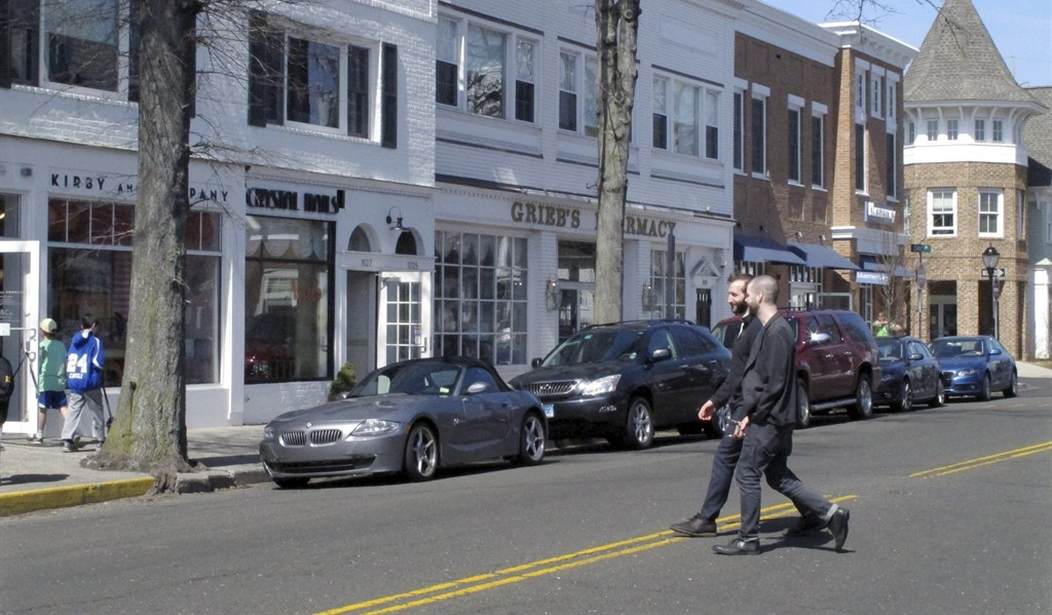Nowhere has there been so much hand-wringing over a lack of "affordable housing," as among politicians and others in coastal California. And nobody has done more to make housing unaffordable than those same politicians and their supporters.
A recent survey showed that the average monthly rent for a one-bedroom apartment in San Francisco was just over $3,500. Some people are paying $1,800 a month just to rent a bunk bed in a San Francisco apartment.
It is not just in San Francisco that putting a roof over your head can take a big chunk out of your pay check. The whole Bay Area is like that. Thirty miles away, Palo Alto home prices are similarly unbelievable.
One house in Palo Alto, built more than 70 years ago, and just over one thousand square feet in size, was offered for sale at $1.5 million. And most asking prices are bid up further in such places.
Another city in the Bay Area with astronomical housing prices, San Mateo, recently held a public meeting and appointed a task force to look into the issue of "affordable housing."
Public meetings, task forces and political hand-wringing about a need for "affordable housing" occur all up and down the San Francisco peninsula, because this is supposed to be such a "complex" issue.
Someone once told President Ronald Reagan that a solution to some controversial issue was "complex." President Reagan replied that the issue was in fact simple, "but it is not easy."
Is the solution to unaffordable housing prices in parts of California simple? Yes. It is as simple as supply and demand. What gets complicated is evading the obvious, because it is politically painful.
One of the first things taught in an introductory economics course is supply and demand. When a growing population creates a growing demand for housing, and the government blocks housing from being built, the price of existing housing goes up.
Recommended
This is not a breakthrough on the frontiers of knowledge. Economists have understood supply and demand for centuries -- and so have many other people who never studied economics.
Housing prices in San Francisco, and in many other communities for miles around, were once no higher than in the rest of the United States. But, beginning in the 1970s, housing prices in these communities skyrocketed to three or four times the national average.
Why? Because local government laws and policies severely restricted, or banned outright, the building of anything on vast areas of land. This is called preserving "open space," and "open space" has become almost a cult obsession among self-righteous environmental activists, many of whom are sufficiently affluent that they don't have to worry about housing prices.
Some others have bought the argument that there is just very little land left in coastal California, on which to build homes. But anyone who drives down Highway 280 for thirty miles or so from San Francisco to Palo Alto, will see mile after mile of vast areas of land with not a building or a house in sight.
How "complex" is it to figure out that letting people build homes in some of that vast expanse of "open space" would keep housing from becoming "unaffordable"?
Was it just a big coincidence that housing prices in coastal California began skyrocketing in the 1970s, when building bans spread like wildfire under the banner of "open space," "saving farmland," or whatever other slogans would impress the gullible?
When more than half the land in San Mateo County is legally off-limits to building, how surprised should we be that housing prices in the city of San Mateo are now so high that politically appointed task forces have to be formed to solve the "complex" question of how things got to be the way they are and what to do about it?
However simple the answer, it will not be easy to go against the organized, self-righteous activists for whom "open space" is a sacred cause, automatically overriding the interests of everybody else.
Was it just a coincidence that some other parts of the country saw skyrocketing housing prices when similar severe restrictions on building went into effect? Or that similar policies in other countries have had the same effect? How "complex" is that?
Thomas Sowell is a senior fellow at the Hoover Institution, Stanford University, Stanford, CA 94305. His website is www.tsowell.com. To find out more about Thomas Sowell and read features by other Creators Syndicate columnists and cartoonists, visit the Creators Syndicate Web page at www.creators.com.
COPYRIGHT 2015 CREATORS.COM

























Join the conversation as a VIP Member